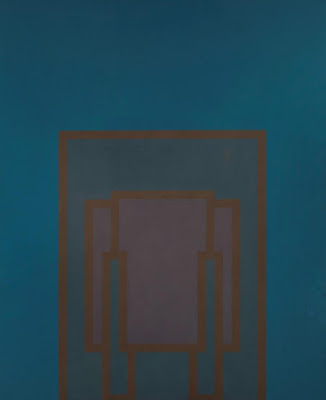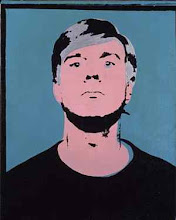 |
| Käthe Kollwitz, Self Portrait, 1904 |
Portrait of the Artist: Käthe Kollwitz is at
Ikon until 26 November 2017.
In his succinct and moving account of Käthe Kollwitz’s life
and work, Neil McGregor makes a persuasive case for her being one of the ‘greatest
German artists’. (
Listen here.)
Kollwitz worked, principally, as a printmaker and took social
injustice, pain and suffering as her overriding themes. Her compassionate
approach achieves work of considerable pathos – evident, for example, in
Woman with Dead Child, 1903. The model for the child was her own son, Peter. As
McGregor points out, this proved to be tragically prophetic: his discussion
focuses on her sculpture
Mother with Her Dead
Son, which is in the
Neue Wache (New Guardhouse) on Unter den Linden in
Berlin, where it serves as a memorial to ‘victims of war and dictatorship’. (See
image at bottom of page.) The sculpture was her own memorial to Peter. The
story is that at 18, in 1914 at the outbreak of the first World War, Peter wished
to volunteer for military service but, being under 21, could only do so with
parental consent. Peter’s father at first refused but was persuaded to relent
by Käthe. Peter was killed in action a mere 10 days after joining up. Grief,
guilt and a fervent pacifism marked the rest of Kollwitz’s life. She died in
1945.
Although her work may seem unrelenting in its representation
of pain and suffering, it is also beautiful and, I think, unsentimental in its
honesty. This exhibition mostly drawn from the print collection of the British
Museum is a rare opportunity to see work by this major artist.
 |
| Käthe Kollwitz, Woman with Dead Child, 1903 |
 |
| Käthe Kollwitz, Not (Want), 1893-7 |
 |
| Käthe Kollwitz, Bust of a Working Woman With Blue Shaw, 1903 |
 |
Käthe Kollwitz, Death and Woman, 1910
|
 |
| Käthe Kollwitz, Self Portrait, 1924 |
 |
| Käthe Kollwitz, Self Portrait, 1924 |
 |
Käthe Kollwitz, Mother with her Dead Son in the Neue Wache, Berlin
|
 |
| Käthe Kollwitz, Mother with her Dead Son in the Neue Wache, Berlin |














































